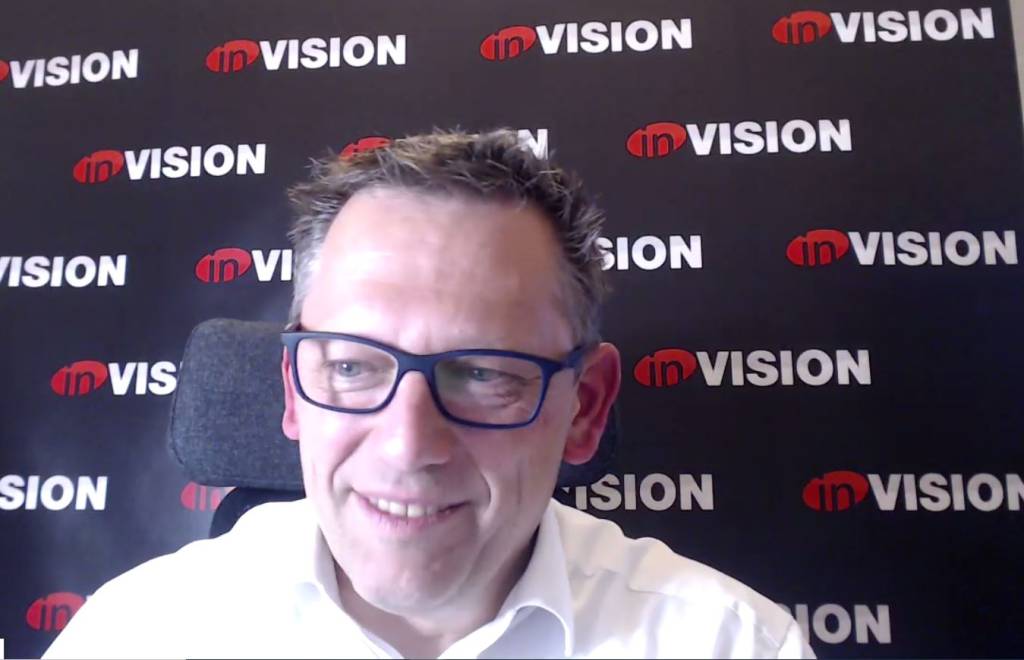Hector: For the small resolution, MIPI is really getting more and more popular. But going to the very big arrays, our customers love using LVDS. It’s much more flexible to choose the surrounding hardware.
Narayanaswamy: MIPI’s progression from where it started to where it’s moving has been phenomenal. With the advent of the CPHY shows its proliferation as a standard and it has definitely taken hold in the industry.
Increased bandwidth and resolution are impressing but what about power consumption?
Wäny: We see more and more that the total system power is approaching thermal limits. But on the processing side we really take advantage of the main electronics technology progress with voltage going down. We have much more power efficient vision processing modules that will do much more operations than five years ago. The interfaces are definitely more efficient in terms of power per bit. But all in all, the power is still increasing if you increase resolution and speeds.
Hector: I think the paradigm is changing a little bit: Before, we used to have this one sensor which was very often big and fast to fulfill all the needs, and then we were adapting at the system level. Today, having sensors which are dedicated for a specific application opens a real space for innovations.
Wuyts: Tying into that, what is also an interesting trend is wafer stacking, which becomes more and more available for lower volume applications. So then you can actually do some processing on the image sensor itself and as a consequence, you don’t need to transfer all the data to other systems. So I think there are already some examples in the industry, for example 3D profile applications, where they do local processing on images. The question is of course, what do you do on an image sensor or what do you do more efficiently on a FPGA? If you want to keep it generic, it’s always very application-specific.

Changing the topic: In the future, if I need a special image sensor, am I going to buy it off the shelf or will I have to develop it by myself or by a company?
Wäny: Well, if you can buy it off the shelf, it’s not that special anymore. So indeed our business is to develop these special image sensors that people have applications for, which justify having some specific developments. So there are attractive ways to do really special sensors. One sensor for one application has always been a part of what is driving technology. Especially if we think about such things as combining AI with the sensor. I think we do need these very large applications which are quite specific but can afford the specific developments. So there will always be custom-made sensors that target one application. Of course, sometimes from those developments you will have technology trickling down into standard sensors and to a wider market.
Hector: This is of course from the viewpoint of a market leader and takes us back to our earlier discussion about customization. If you can make the step to invest in a custom sensor, then you will be able to make a real differentiation for your application, your product, on your market.

How small can pixel sizes still get and which sensor formats can be expected in the future?
Wuyts: Of course mobile phones prove that pixel sizes around one m are possible. Global shutter pixels will probably shrink down as well. But the first question, if you have those discussions today, is typically if there are optics available at a viable pricing rather than is it technically possible. Again, you need to look at what you are gaining from a total system perspective.

